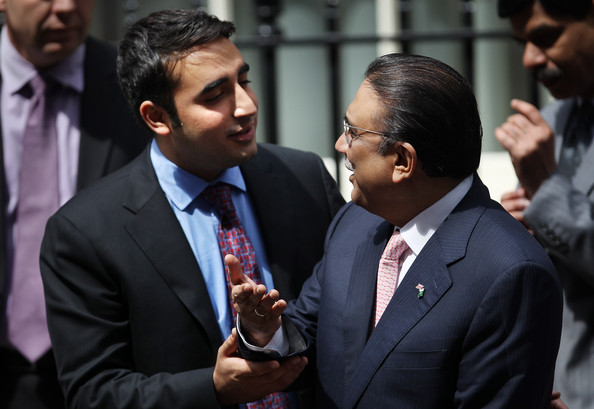Perhaps sometime in 2009, the Pakistan People’s Party and the Pakistan Muslim League (Nawaz) arrived at understanding that instead of confrontation the two should respect each other’s mandate and let the assemblies complete their terms. It perhaps happened first time in history of Pakistan. The federal government led by the PPP was not to interfere in Punjab where the PML (N) enjoyed majority and the PML (N) was to perform the role of friendly opposition in the National Assembly, posing no serious challenge to the PPP-led coalition at federal level. The arrangement worked pretty smoothly and the assemblies completed five years. But this arrangement benefited the Pakistan Tehreek-i-Insaf which emerged as a third force and genuine opposition party. Although it did not have representation in the assemblies, by the time the general elections were held in May 2013, the PTI was one of the three principal contenders for power. In Punjab, the real contest appeared to be between the PML (N) and the PTI, with the PPP receding to third position. Although in the National Assembly, the PTI emerged as the third largest party, it was able to create doubts that it had been under-represented due to unfairness of the general elections of May 2013.

Apparently, the PPP had decided to abide by the understanding it had arrived at with the PML (N). It was to perform the role of a friendly opposition to the PML (N)-led federal government and the federal government was not to interfere with the working of the PPP government in Sindh. But now it seems that the PTI’s politics has thrown a spanner in the arrangement. Since the PTI launched its Azadi March in August last, it has acquired the credentials of the principal opposition party. The PPP, which is interested in continuity, is not in position to come out against the PML (N) or demand fresh general elections. It knows that any mid-term elections would be a straight contest between the PML (N) and the PTI at least in Punjab, the province which has greatest say in the formation of the federal government. Whether it supports the PML (N) or the PTI, its position will appear secondary. The PPP leaders have opted for issuing nice statements, calling for some solution of the present crisis. But the PPP is unable to even properly mediate between the PML (N) and the PTI. It has become quite clueless what to do as it is a loss-loss situation either way.